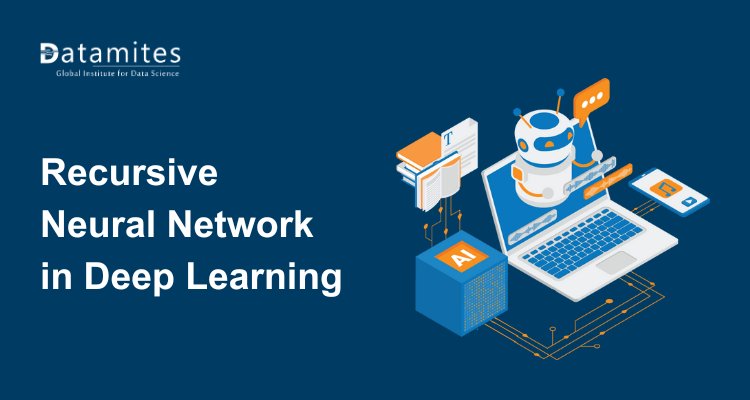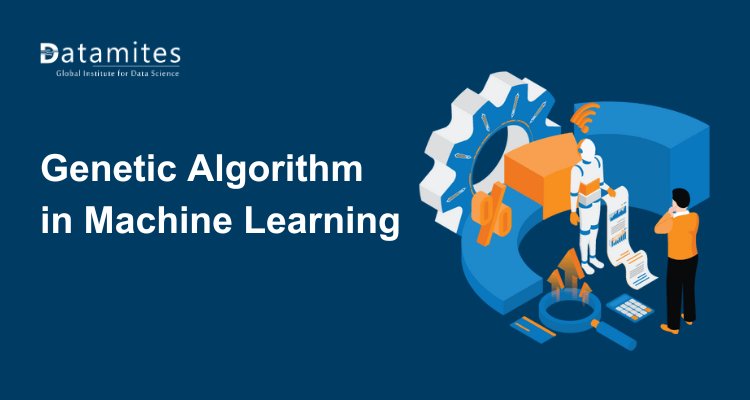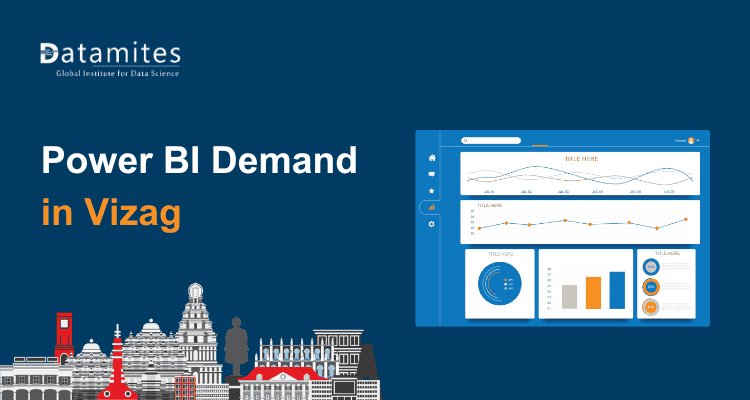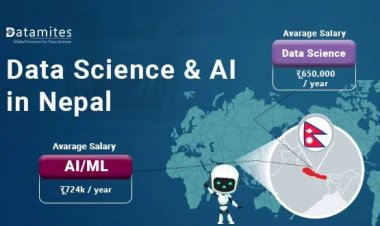Categorical Analysis: Methods, Applications, and Insights
Discover the essentials of categorical data analysis from methods and univariate vs bivariate techniques to real-world applications and tools. Learn how analyzing nominal and ordinal data drives insights, decisions, and effective data strategies.
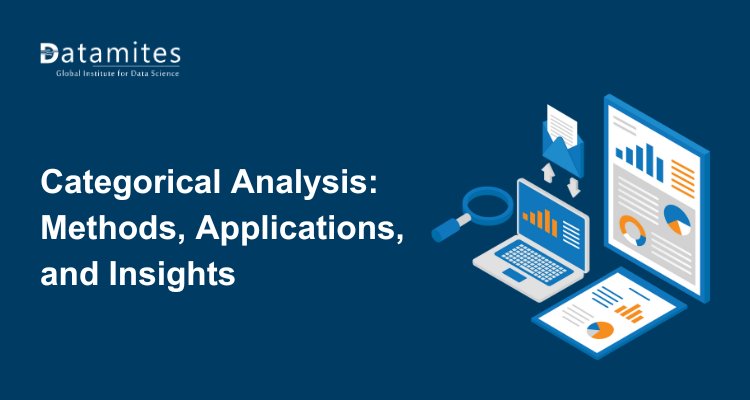
In the era of data-driven decision-making, understanding and interpreting different types of data is crucial for organizations, researchers, and analysts. Among these, categorical data analysis plays a pivotal role in extracting meaningful insights from qualitative variables. Unlike numerical data, categorical data represents information that can be divided into distinct groups or categories, making its analysis essential for business intelligence, research, and technology applications.
This article delves into the methods, applications, and insights of categorical analysis, providing a comprehensive understanding for beginners and professionals alike.
Understanding Categorical Data
Categorical data refers to variables that can be grouped into categories based on qualitative characteristics rather than numerical values. These variables are often referred to as nominal data or ordinal data, depending on whether there is a natural order among the categories.
- Nominal Data: This type of variable has categories without any inherent order. Examples include gender, blood type, country of residence, or product types. Analysis of nominal data typically involves counting the frequency of each category and identifying patterns or distributions. Techniques like bar charts, pie charts, and contingency tables are commonly used to visualize nominal data.
- Ordinal Data: Ordinal variables, on the other hand, have a defined order or ranking among categories, but the differences between them are not necessarily uniform. Examples include customer satisfaction ratings, education levels, or survey scales. Ordinal data statistical analysis often employs methods that consider the order of values, such as median calculations or non-parametric tests like the Mann-Whitney U test.
A variable in data analysis can be either qualitative (categorical) or quantitative (numerical). Understanding the type of variable is the first step in determining the appropriate analytical approach. Proper identification ensures that the selected methods yield accurate insights without misinterpretation.
Refer to the articles below:
- Star Schema vs Snowflake Schema
- The Role of Data Quality in Digital Transformation
- Sports Analytics: How Data is Changing the Game
Techniques for Effective Categorical Data Analysis
Performing categorical data analysis requires specific techniques tailored to qualitative variables. Unlike numerical and statistical analysis, categorical analysis focuses on frequency, proportion, and relationships among categories. Some of the most effective techniques include:
- Frequency and Percentage Analysis: One of the simplest methods for analyzing categorical variables is calculating the frequency and percentage of each category. This helps in understanding which categories are dominant and which are less represented. For example, analyzing survey responses on customer satisfaction can reveal the proportion of highly satisfied versus dissatisfied customers.
- Cross-tabulation (Contingency Tables): Cross-tabulation is used to examine the relationship between two or more categorical variables. For example, it can show how customer satisfaction (ordinal variable) varies across different product types (nominal variable). Cross-tabulation provides a clear visual representation of the distribution and association between variables.
- Chi-Square Test of Independence: The Chi-Square test is a statistical method used to determine whether two categorical variables are independent or associated. For instance, it can test whether gender and product preference are independent. This is a key technique in ordinal data statistical analysis when analyzing the association between variables in surveys or experimental data.
- Visualization Techniques: Visualization is critical in categorical data analysis. Techniques like bar charts, pie charts, and mosaic plots provide intuitive ways to understand the distribution of variables. Advanced visualization methods can also include heatmaps for contingency tables and stacked bar charts for comparing multiple variables.
- Logistic Regression: When predicting outcomes with categorical dependent variables, logistic regression becomes useful. It helps in understanding how independent variables influence a categorical outcome, bridging nominal and ordinal data analysis with prescriptive and predictive trends.
Mastering these techniques ensures that categorical data analysis goes beyond simple observation, enabling professionals to uncover meaningful relationships, validate hypotheses, and derive actionable insights for data-driven decision-making.
Univariate vs Bivariate Methods in Categorical Analysis
In categorical data analysis, methods can be broadly classified into univariate and bivariate approaches, depending on the number of variables involved.
Univariate Analysis
Univariate analysis focuses on examining a single categorical variable at a time. The objective is to understand the frequency distribution, mode, or proportion of categories. Examples include:
- Calculating the number of male versus female respondents in a survey.
- Determining the proportion of customers preferring a specific product category.
Visualization tools like bar charts and pie charts are commonly used for univariate analysis. This approach is particularly useful for identifying dominant categories and understanding the overall structure of the dataset.
Bivariate Analysis
Bivariate analysis examines the relationship between two categorical variables. The goal is to detect associations or dependencies between them. Techniques include:
- Cross-tabulation to observe patterns between variables.
- Chi-Square tests to evaluate the significance of relationships.
- Stacked bar charts and mosaic plots to visually depict interactions between categories.
For instance, in a marketing study, a bivariate analysis can reveal how customer age groups (ordinal data) relate to product preferences (nominal data), helping businesses tailor their strategies.
Refer to the articles below:
- How to Become a Data Analyst in Hyderabad
- Data Analyst Career Scope in Hyderabad
- Data Analyst Course Fee in Hyderabad
Real-World Applications of Categorical Data Analysis
Categorical data analysis has extensive applications across multiple domains, making it a vital skill for data professionals. Some key applications include:
- Business and Marketing Analytics Using Categorical Data: Companies use categorical analysis to segment customers based on demographics, preferences, or purchase behavior. For example, understanding sales analytics which customer groups prefer certain products helps in targeted marketing campaigns and resource allocation.
- Healthcare Research and Ordinal Data Statistical Analysis: Categorical analysis is widely used in medical studies to categorize patients based on disease types, treatment outcomes, or demographic factors. Data analytics in healthcare has leveraged Ordinal data statistical analysis to help assess treatment effectiveness or patient satisfaction levels.
- Social Sciences and Survey Insights Through Categorical Analysis: In social research, categorical data analysis is crucial for interpreting survey responses, understanding public opinion, and analyzing trends in behaviors or preferences.
- Educational Research and Academic Applications of Categorical Data: Educational institutions analyze categorical variables such as grades, course selections, and attendance to improve curriculum design and student engagement strategies.
- Technology and Machine Learning Applications of Categorical Variables: Categorical variables often serve as features in predictive models. Proper encoding and analysis ensure that machine learning algorithms can leverage qualitative data for accurate predictions, such as in customer churn prediction or sentiment analysis.
These diverse real-world applications highlight the critical role of categorical data analysis in driving informed decisions, enhancing research outcomes, and enabling data-driven strategies across different industries hiring data analyst.
Best Tools and Software for Categorical Data Analysis
Conducting efficient categorical data analysis requires reliable tools and software. Several platforms support both univariate and bivariate methods, visualization, and advanced statistical testing. Key tools include:
- Excel and Google Sheets for Categorical Data Analysis: Ideal for basic frequency analysis, pivot tables, and simple charts. These tools are beginner-friendly and suitable for small datasets.
- Python Libraries for Advanced Categorical Analysis: Libraries such as pandas, NumPy, matplotlib, seaborn, and statsmodels provide extensive support for categorical data analysis. Techniques like cross-tabulation, Chi-Square testing, and visualization are easily implemented in Python.
- R Programming for Ordinal and Nominal Data Analysis: R offers packages like dplyr, ggplot2, and vcd (Visualizing Categorical Data) for comprehensive analysis. R is particularly strong in ordinal data statistical analysis and advanced data modeling.
- BI Tools (Tableau & Power BI) for Interactive Categorical Visualization: Business Intelligence platforms allow interactive visualization of categorical variables, helping stakeholders quickly interpret patterns and trends.
- SPSS and SAS for Statistical Analysis of Categorical Variables: These statistical software packages are widely used in research and academic studies for analysis of nominal data and other categorical variables, offering built-in functions for Chi-Square, logistic regression, and cross-tabulation.
Categorical data analysis is an indispensable component of modern analytics. By understanding the nature of categorical variables, choosing appropriate techniques, and leveraging suitable tools, analysts can uncover actionable insights from qualitative data. From univariate to bivariate methods, and from nominal to ordinal data statistical analysis, the proper handling of categorical variables ensures accurate interpretation and effective decision-making.
In today’s data-driven era, mastering categorical analysis enables professionals and organizations to extract meaningful insights, optimize strategies, and uncover hidden patterns. As variables in data analysis gain importance, integrating structured techniques, practical applications, and powerful tools ensures reliable, actionable, and impactful outcomes across industries. According to the Alteryx 2025 report, 70% of analysts attribute increased efficiency to AI and analytics automation, while 87% report gaining greater strategic influence within their organizations over the past year.
Refer to the articles below:
- Data Analyst Course Fee in Bangalore
- How to Become a Data Analyst in Bangalore
- Data Analyst Career Scope in Bangalore
Enrolling in a Data Analyst course in Bangalore or other major cities such as Mumbai, Pune, Hyderabad, Chennai, Coimbatore, Ahmedabad, Delhi, Jaipur, Kochi, and Kolkata provides aspiring professionals with the skills, practical experience, and knowledge needed to excel in the data analytics field.
DataMites Institute stands out by offering a diverse range of high-demand IT programs, including Data Science, Machine Learning, Artificial Intelligence, Python, IoT, and Data Engineering. Its curriculum emphasizes hands-on learning, allowing students to gain practical experience through real-world projects, certified internships, and globally recognized certifications accredited by IABAC and NASSCOM FutureSkills, along with dedicated placement assistance.
With both classroom and online training options, DataMites has established a strong presence across India. From Data Analyst courses in Hyderabad to training centers in Bangalore, Mumbai, Chennai, Ahmedabad, Coimbatore, Pune, Delhi, Jaipur, Kochi, and Kolkata, the institute provides flexible learning pathways that empower students to develop industry-ready expertise and achieve successful careers in data analytics.

